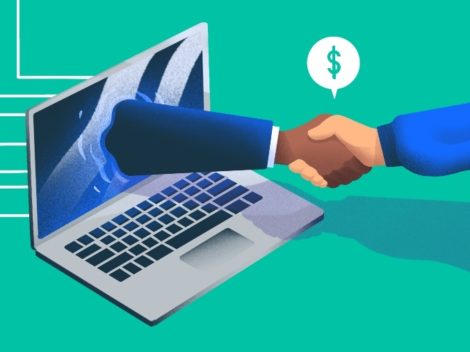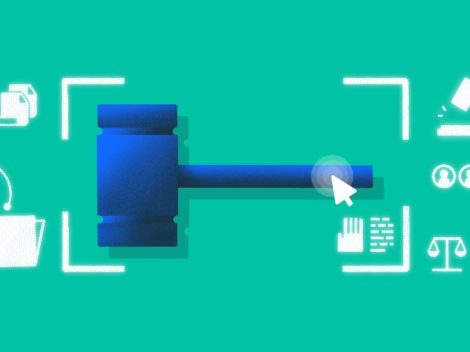Paths to profitability are so hot right now.
In a bid to shake up the narrative surrounding itself and its various comps, Lyft announced yesterday that it expects to generate adjusted profit in two years’ time. The news, coming on the heels of sagging share prices from Lyft and its domestic ride-hailing rival Uber, pumped life into their public valuations.
Subscribe to the Crunchbase Daily
Made during a Wall Street Journal conference, however, the company’s promise was modest. After noting that Lyft had “never laid out [its] path to profitability,” the company’s CEO Logan Green said that he was “excited to now go on the record” by announcing that Lyft will be “profitable on an adjusted EBITDA basis a year before analysts expect us to.”
Green went on to clarify that comment, saying that Lyft would reach positive adjusted EBITDA, a profit-related metric that disregards a number of costs, in “Q4 2021.”
Shares of Lyft rose 6.5 percent on the day. Uber climbed 3.6 percent on the same news. In effect, Lyft affirmed part of what it promised during its roadshow. Rewinding to April, here’s how Crunchbase News described each company’s self-described future profitability:
Both Lyft and Uber reported expected future profit ratios. Adjusted profit, that is. Uber reported an expected adjusted EBITDA margin of 25 percent, and Lyft a similar metric [of] 20 percent[.]
Yesterday, Lyft didn’t promise a level of expected adjusted EBITDA. Instead, it simply said that it would post some of the stuff in the final quarter of 2021. From its promise of some adjusted EBITDA in Q1 2021, we can expect the firm to begin to grow the result on a percent-of-revenue basis until it reaches the 20 percent threshold it promised months ago, provided that everything goes to plan.
So What
The Lyft announcement is both good and bad news for ride-hailing and other on-demand companies.
The good news is obvious. Lyft expects, and has now publicly promised its investors, that it can get to something akin to break-even in two years’ time. The bad news is equally obvious: It’s going to take Lyft another eight quarters to stop losing money even after stripping out huge costs like share-based compensation.
Lyft, founded in 2012, raised $4.9 billion while a private company. It raised another $2.3 billion during its IPO. That means it’s going to take $7.2 billion in capital (presuming that Lyft doesn’t hire more along the way) and nine years to still post GAAP net losses.
The company should be huge by then, provided that it can continue even a moderate growth pace. Lyft posted $867.3 million in revenue during Q2 2019, for example, up 72 percent from its year-ago period. Keep up even half that growth for two years and Lyft is huge. (Lyft’s Q2 results were well-received by the market, with the domestic ride-hailing unicorn beating on both growth and loss reduction.)
The company posted an adjusted EBITDA loss of $204.1 million in its most recent quarter.
But perhaps Lyft’s promise can help its yet-private comps. The DoorDashes and the Postmates of the world, companies worth billions and in need of eventual exits. Lyft put a flag in the ground, saying that on-demand companies can, at some point, break even post adjusted profit.
Next, let’s see if Uber follows suit and if the Lyft news can break the Postmates IPO filing free. We’d love to read it.
Illustration: Li-Anne Dias.

Stay up to date with recent funding rounds, acquisitions, and more with the Crunchbase Daily.



![Illustration of a tidal wave - Blank - Quarterly Reports [Dom Guzman]](https://news.crunchbase.com/wp-content/uploads/Quarterly-Blank-470x352.jpg)


![Illustration of a guy watering plants with a blocked hose - Global [Dom Guzman]](https://news.crunchbase.com/wp-content/uploads/quarterly-global-3-300x168.jpg)
67.1K Followers